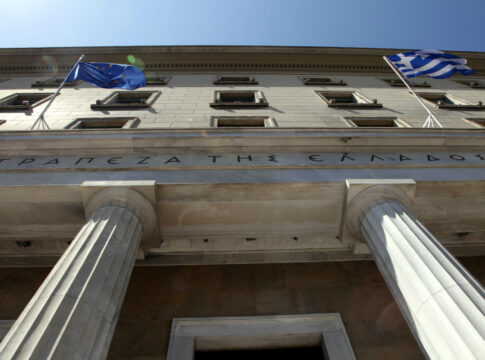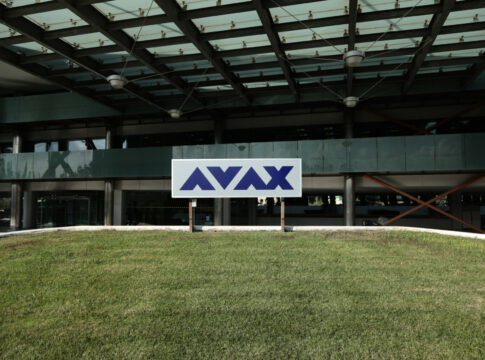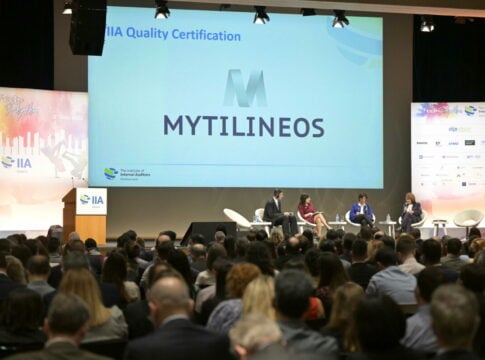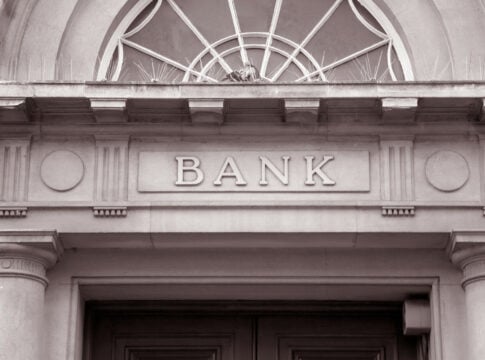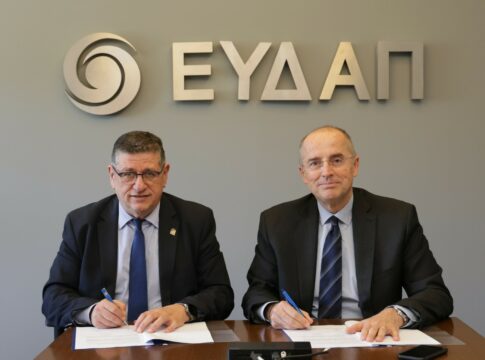In a period of strong uncertainty and turmoil – mainly in the geopolitical field, also with an impact on the economy – what should we expect from central banks in the coming months? And how will Greece cope in an environment of opportunities, but also challenges?
We raised these questions to Themistoklis Fiotakis, Global Head of FX. Strategy and EM Macro Strategy at Barclays who will be in Greece for the Delphi Economic Forum, that will take place on April 10-13. His message for Greece is positive, since he noted that Greece has entered the third mega-cycle of development, thanks to the implementation of structural reforms, as well as international trends that favor its economic model. The investment bank is therefore “bullish” for Greek assets, i.e. it “sees” room for growth in Greek stocks and bonds.
Regarding interest rates, he believes that the first decisions on a reduction will come close to June on both sides of the Atlantic. And he explains the weaknesses of the European economy that will force the ECB to probably ease its monetary policy more aggressively than the Fed.
The full interview to Natassa Stasinou follows:
1. All eyes are on major central banks with markets expecting to see rate cuts. However some believe that the battle against inflation is not over. How soon should we expect the first rate cuts from ECB and Fed? How aggressive could they be?
The truth is that the last mile of disinflation is proving the hardest to go through. Global goods prices have de-escalated but services inflation remains sticky in a number of places. Sequentially, inflation rates are landing near but still above targets. At the same time, while growth is moderating, labour markets are firm and, in the US in particular, growth dynamics are surprising to the upside.
Taken at face value this may create worries that central banks may not be able to ease policy.
While to some extent we are in a higher-for-longer interest rate regime (especially so in the USA), it is important to keep in mind that current policy rates are calibrated for much higher levels of inflation. Some adjustment will need to take place. We expect the Fed and the ECB to start cutting rates by June. Policy rates should decline by about 150-175bps across the key central banks.
That said, the macro risk is that the ECB may need to ease policy rates deeper (relative to their respective neutral rate) than the Fed. Growth dynamics are much more subdued owing to slowing export growth, and the effects of hikes on investment. The economy is less stimulated than the US and inflation dynamics are likely to prove less sticky in the core.
2. What will the impact on markets be?
The reduction in tail risks associated with very restrictive policy will likely continue to drive a positive sentiment towards risky assets, especially in light of resilient demand.
The extension of US exceptionalism policies against a backdrop of slow growth in Europe and China, is likely to see the dollar stronger against major and asian currencies.
For rates markets we think the pricing is close to fair but there are term premium risks in the US.
3. The euro faces a complex landscape marked by political shifts (from key election battles to war in Ukraine and Gaza) and economic challenges. Where is the euro/dollar exchange rate headed?
Over the past decade and more, the fair value of the EUR has been trending lower. This is a result, not only of the geopolitical shifts you describe and their effect on – say – the terms of trade for Europe.
It is also the result of policy choices – the under-stimulation of demand, the underemployment of fiscal policy, the lack of further integration in services markets, the gearing of the economy towards exports – they have all made Europe beholden to global growth, a global growth that is slowing as China’s long term growth potential declines.
Against that, the US, for 15 years or more has been consistently nourishing, broadening and strengthening its domestic economy.
Lastly, competition between China and the US has led to industrial policies there that disadvantage the EUR/$.
We see the EUR/$ declining towards 1.05-1.06 this year.
4. Greece has regained investment grade status. How important is this for the economy? What are the challenges ahead?
The investment grade status is both a reflection of the economic improvement but also a facilitator for attracting global investments.
We have long argued that Greece is entering its third megacycle of growth in its post-war history – a cycle led not only by structural reforms domestically but also by the increasing penetration of global services trade, which bodes well with Greece’s economic structure.
5. Greek bonds have outperformed its Italian counterparts the last year. What are their prospects for 2024 and beyond?
As per our views for Greece’s third historic megacycle we have been bullish across Greek assets.





